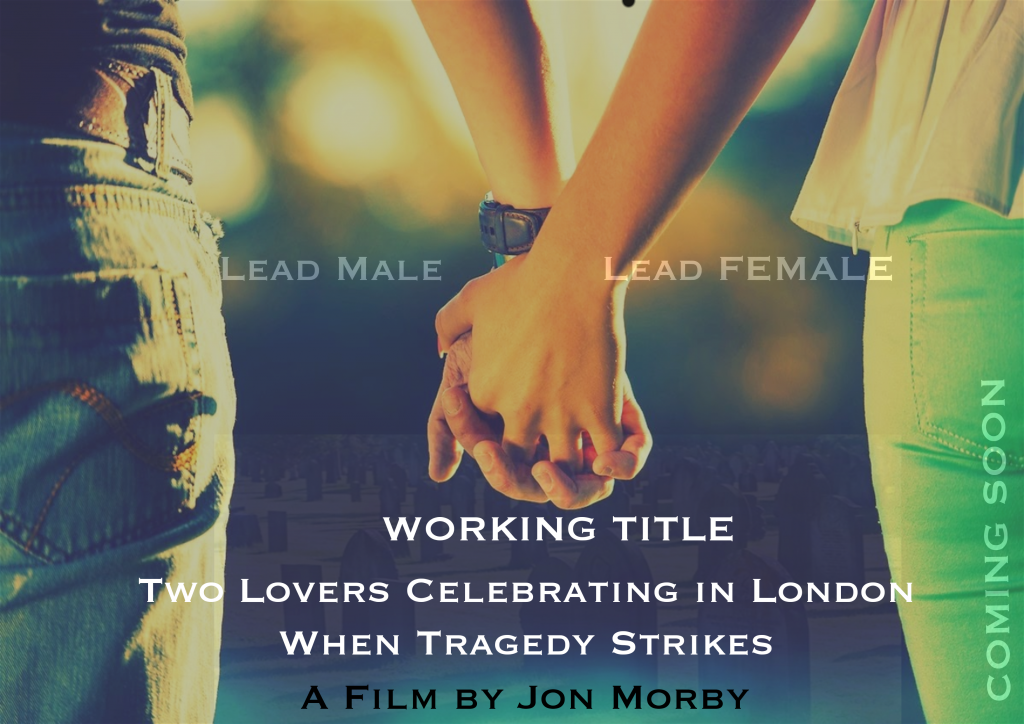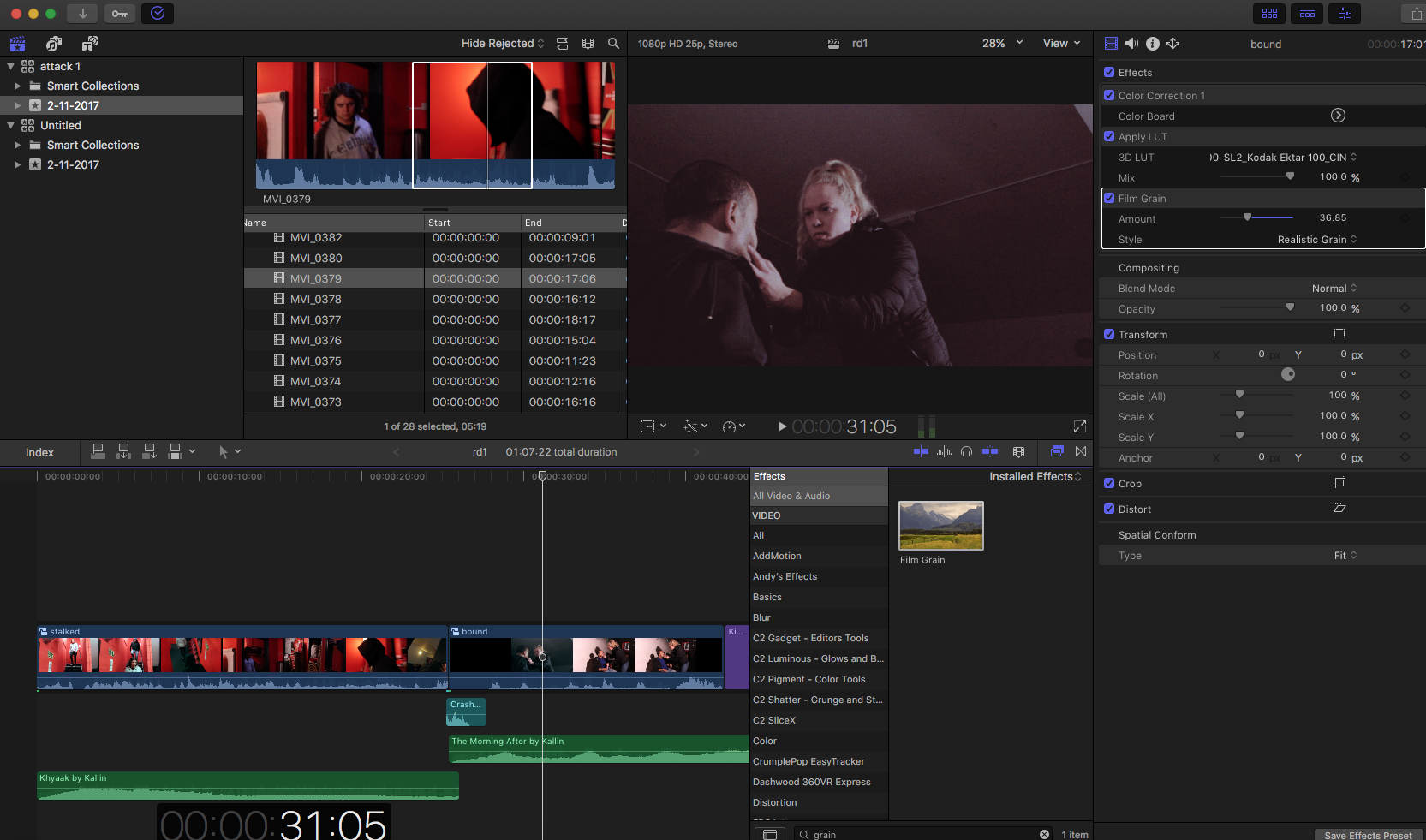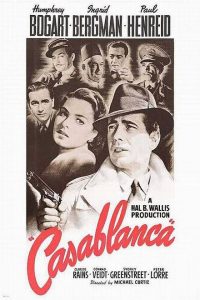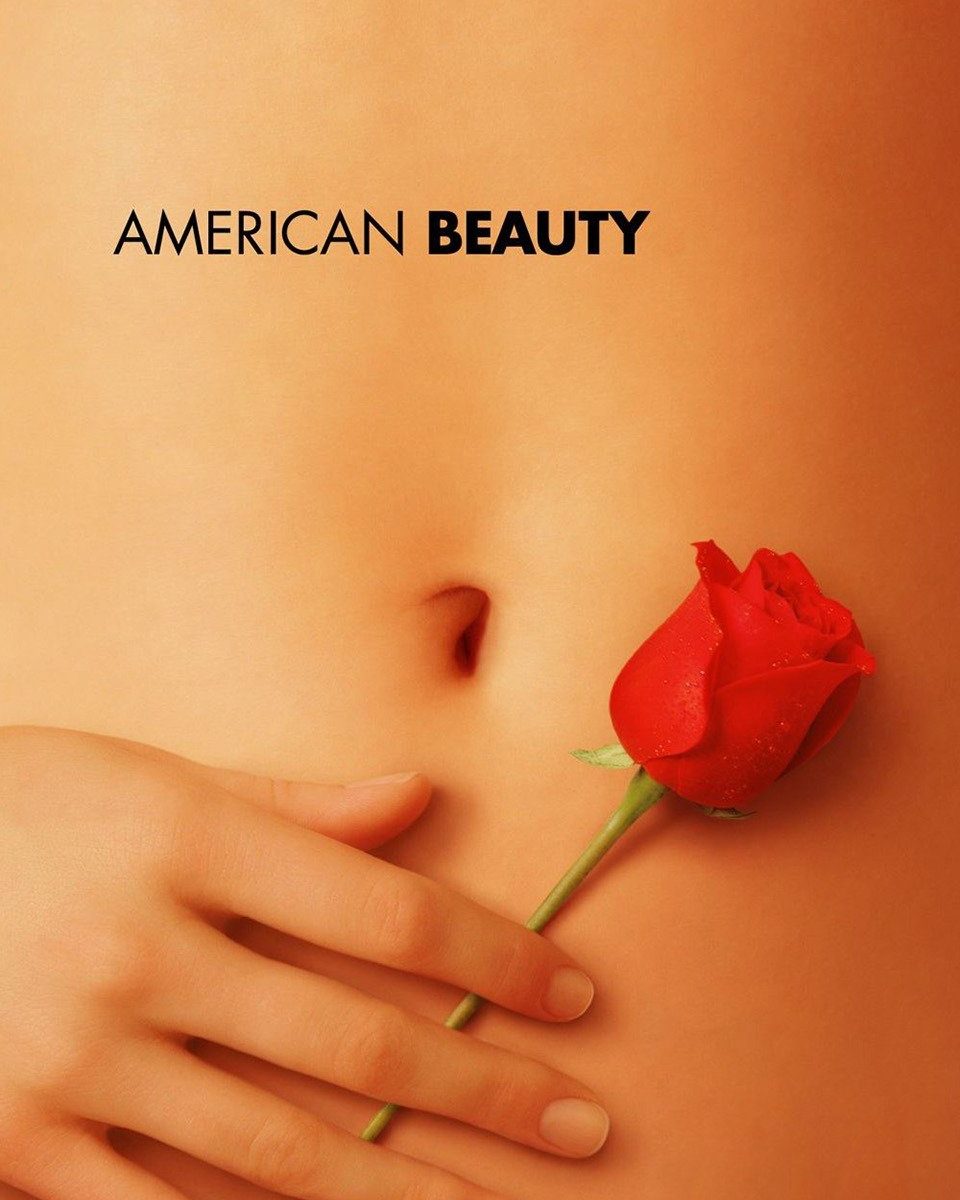The recent development review process has been an interesting experience, opening up your early drafts to review is I guess always going to be a painful and enlightening experience.
The feedback has been both harsh and constructive, as I somehow anticipated.
What people didn’t seem to pick up on was that this is a drama masked as a morality tail using reverse psychology to bring attention to mental illness and the plight of the homeless in London. It is intended to shock on some levels, and fundamentally to make the viewer think and to feel something (anything) about the subject at hand.
The script is actually a condensed extract from a crime drama series I have been working on over the last few months, and this I think was picked up by at least one of the reviewers. This being one episode, or possibly a doubleheader pilot introducing our hero detective.
My original idea for this story was borne from early mornings sat outside Raindance’s London offices in the late summer, waiting for the doors to be unlocked. Witnessing the homeless going through their motions in the morning, and I did indeed witness (sadly, on more than one occasion) members of the community dropping their trousers and defecating/urinating in the middle of the pedestrian area outside Boots and Next. What was worse, one morning someone had diarrhoea and that left a lake that ran down the street, around the corner and into the space where another person was still sleeping. Not pleasant, but part of a morning routine which seemed to repeat on a regular basis. My describing this event seems to have made at least one reviewer extremely uncomfortable; however it was not made up, it was based on real events.
My intention with this story was actually to highlight the plight of the homeless and to make the audience think. My main characters are intentionally 2 dimensional as they are not the real focus of the story, but they are written sufficiently that anyone in the audience could identify with them and perhaps consider themselves in that position. Wealthy, in love, and spending a nice weekend in London.
I tried a simple “save the cat” of getting Roger to give £20 to a homeless person by way of showing “he’s not all that bad” and perhaps getting people to think “he’s better than me; I wouldn’t drop £20 just like that” – but also to highlight how for these 2 dimensional people, money isn’t really something they think or care about. This seems to have been missed by everyone who read the script.
The inciting incident then leads to the character experiencing a mental breakdown/depression – again something which we simply do not talk about enough. Grief can have an adverse effect on anyone, it can unhinge the most stable of people.
We end up seeing Roger now destitute and feeling as though he has nothing to live for. He has left the trappings of his wealth behind and is now sitting on the side of the road, at the place where his love was killed, and he is no longer in control of his destiny. Struggling to come to terms with what has happened, we see the onset of mental illness and grief at the loss of a loved one. Having experienced depression and grief at a betrayal/loss myself, I know what it feels like to wake up one morning and suddenly find your own world turned upside down. Having experienced suicidal thoughts, guilt at surviving and the feeling of trying to find someone/anyone to blame you do some totally irrational things. Thankfully I had good friends and family who are helping me overcome my grief and try to start living my life again.
The shorts migration into a slasher movie wasn’t my main intention, I actually wanted to leave the audience to decide what they would do next/simply fade to black. After an earlier review of log lines with Zulf I ended up putting the “slasher” element (from the detective drama) back in, but I’m not happy with it as it stands myself in the short. For the crime drama, this is the inciting incident which leads to a “Jack the Ripper” style murder spree across London, where someone targets the homeless – London’s most vulnerable inhabitants – and we follow the Police as they initially ignore the problem and then eventually step up and start to investigate the issues, again highlighting how the homeless are treated as second-class citizens. In the pilot episode, it comes towards the end as we are finally introduced to the murderer and we learn why he has been killing, his misguided search for revenge. In the short, I don’t think it is necessary and I don’t think it works.
The references to litter and likening tramps to litter is intentionally “provoking” and meant to shock the audience, to make them think, to make them go out and notice the homeless and hopefully do something to help them. For far too long, the homeless have been ignored and are treated as a scourge. Our Government doesn’t do enough to help them, and I think people, on the whole, ignore the homeless and walk past them daily on the streets without giving a second thought. The intention was to make the viewer think about this (in)action and, perhaps, stop and help the next homeless person they see, maybe with a donation, a hot cup of coffee, or even a letter to the local MP demanding the Government step up and do more (and more than just making it illegal to beg on the streets).
From the very outset I have said that I do not think this story can be made into a 5 minute short, but I have been encouraged to work on it – whether this is as an exercise to experience failure, or whether an exercise to try to bring the best out and find a way to make it happen I’m not sure.
There was mention of high concept budgets in the feedback and comments that this would cost at least £30,000 to film, needing lots of extras. I, on the other hand, thought that this short could actually be filmed for £500-£1000 (and probably a lot less if we switch from The Savoy as that is likely to be the largest expense). This, of course, relies on the “student” film approach of £0 cost in salaries, a small budget for craft services and a lot of guerilla filmmaking.
Where do I go now? I don’t think this will work for a 5 minute short. Not with the resources, time and budgets we actually have available – which includes the weather and the fact that I had relied on capturing the real homeless of London in the film. If it could be sold to Shelter as part of an awareness campaign then perhaps we could get some funding, but I don’t think they will be happy with the negative imagery of the homeless, even though it is intended to shock viewers into action.
I have an alternative “comedy” script, although I can guarantee that this will inflame and infuriate feminists and vegans alike. I think no matter what I do on this project, I’m going to offend someone .. but then at the same point, are we not mean to make people think and to garner a reaction? If everything we did was “warm and fluffy and sweet” then we would all be Disney and there would be no shade, just light – which would be pretty damn boring don’t you think?








 American Beauty at first seems like a modern day Lolita in which we meet Lester Burnham (Kevin Spacey), a sexually frustrated middle aged man, going through marital issues, separated from his wife (whilst still living under the same roof). As the story progresses we discover it is less a Lolita and more the simple search for a better, more fulfilling life.
American Beauty at first seems like a modern day Lolita in which we meet Lester Burnham (Kevin Spacey), a sexually frustrated middle aged man, going through marital issues, separated from his wife (whilst still living under the same roof). As the story progresses we discover it is less a Lolita and more the simple search for a better, more fulfilling life.